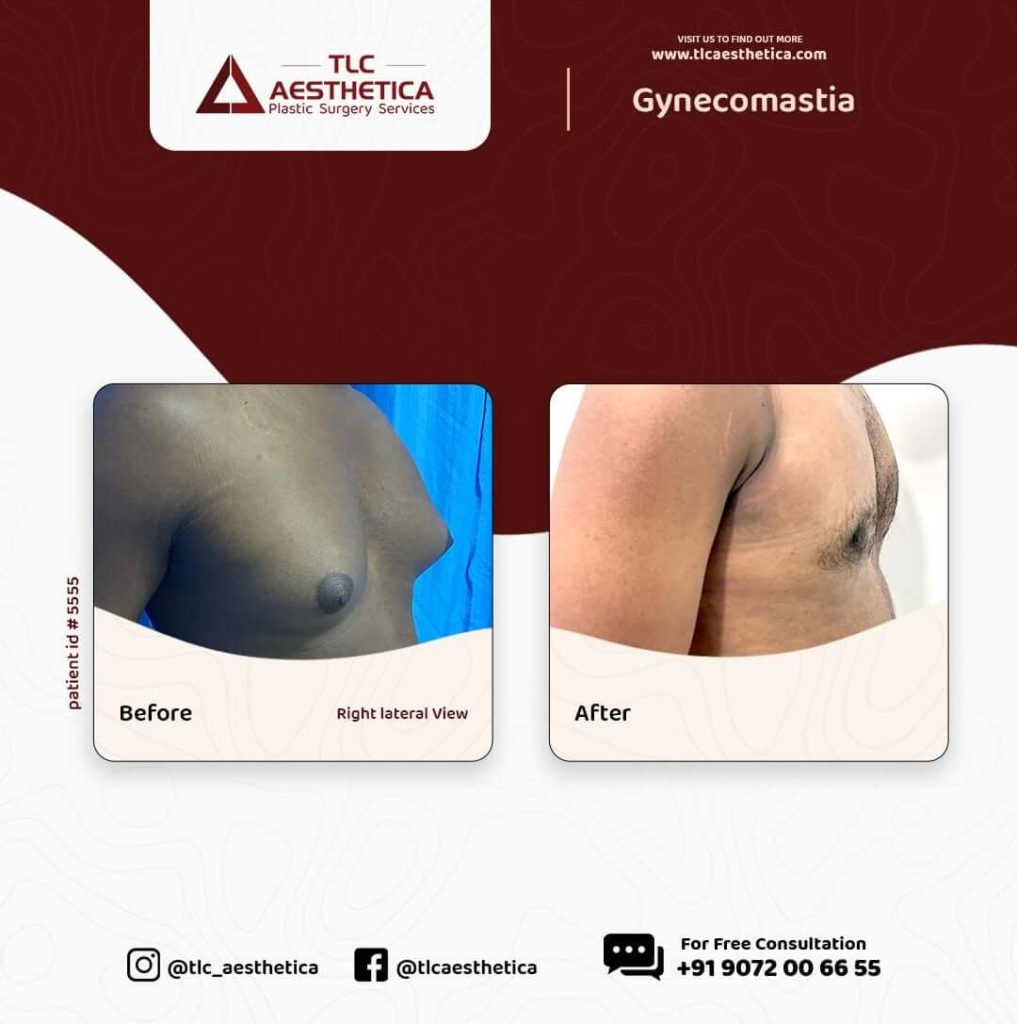Is Plastic Surgery Painful?

Plastic surgery is a cosmetic procedure that involves the refurbishment, reconstruction, or alteration of the human body. Plastic surgery is mostly done to improve a person’s appearance, but it can also be used to correct physical defects or injuries, or to improve bodily functions.
There are two main types of plastic surgery: cosmetic and reconstructive. Cosmetic surgery is performed to improve a person’s appearance and is usually not considered medically necessary. Some common cosmetic procedures include breast augmentation, liposuction, Gynecomastia, and facelifts.
Reconstructive surgery, on the other hand, is performed to correct physical defects or injuries. This can include reconstructing a breast after a mastectomy, repairing a cleft lip or palate, or reconstructing a hand after an injury.
Plastic surgery can be performed on almost any part of the body, including the face, neck, chest, abdomen, arms, and legs. The techniques used in plastic surgery can vary depending on the type of procedure and the area being treated. Some procedures involve making incisions in the skin to remove or reshape tissue, while others involve injecting fillers or using lasers to improve skin tone and texture.
While plastic surgery can produce dramatic results, it is important to remember that all surgeries come with risks. Complications can include infection, bleeding, scarring, and anaesthesia complications. It is important to choose a qualified, board-certified plastic surgeon and to have realistic expectations about the outcome of the procedure.
In addition, it is important to note that plastic surgery is not a substitute for a healthy lifestyle. While it can help improve a person’s appearance, it is not a replacement for proper diet and exercise.
How it is done?
Before getting prepared for plastic surgery there are a few things before and after the surgery that you should know. The procedures involved include
1) Consultation
The first step in getting plastic surgery is to consult with a qualified plastic surgeon. During this consultation, the surgeon will evaluate your medical history and examine the area of your body that you want to have surgery on. They will also discuss your goals and expectations for the surgery, and explain the risks and benefits associated with the procedure.
2) Anaesthesia
Before the surgery begins, you will be given anaesthesia to numb the area of the body where the surgery will be performed. Depending on the type of surgery you are having, you may receive local anaesthesia (which numbs only a small area), regional anaesthesia (which numbs a larger area), or general anaesthesia (which puts you to sleep).
3) Incision
Once you are under anaesthesia, the surgeon will make an incision in the skin to access the underlying tissue. The size and location of the incision will depend on the type of surgery you are having.
4) Reshaping or Reconstruction
After making the incision, the surgeon will reshape or reconstruct the underlying tissue to achieve the desired result. This may involve removing excess fat or tissue, or adding implants or other materials to enhance the appearance of the area.
Also Read: How to find the best Aesthetic Surgery Hospital in Kerala?
5) Closing the Incision
Once the reshaping or reconstruction is complete, the surgeon will carefully close the incision with stitches or surgical glue.
6) Recovery
After the surgery is complete, you will be monitored closely to ensure that you are recovering properly. Depending on the type of surgery you have had, you may need to wear a compression garment, avoid certain activities, or take medication to manage pain and swelling.
Is Plastic Surgery Painful?
Plastic surgery can involve a range of procedures, and the level of pain experienced can depend on the specific type of surgery, as well as individual factors such as pain tolerance.
Most plastic surgeries are performed under general anaesthesia or local anaesthesia with sedation, so patients are typically not conscious during the procedure and do not feel any pain. However, after the surgery, it is common for patients to experience some degree of discomfort, swelling, and bruising.
The level of pain after plastic surgery can vary depending on the extent and complexity of the procedure, the patient’s overall health and pain tolerance, and the effectiveness of pain management techniques used by the surgical team. Some patients may experience mild to moderate pain, while others may require stronger pain medications.
It’s important to discuss pain management options with your plastic surgeon before undergoing any procedure to ensure that you are comfortable during and after the surgery. They may recommend over-the-counter pain relievers, prescription medications, or other techniques such as ice packs or compression garments to help manage pain and swelling.
Moreover, plastic surgery is a complex medical procedure that should only be performed by a qualified, experienced plastic surgeon. If you are considering plastic surgery, be sure to consult with a reputable surgeon who can help you understand the risks and benefits of the procedure.







